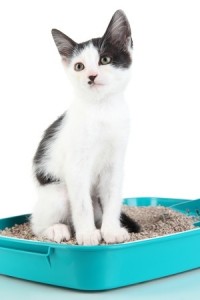 Feline Lower Urinary Tract Disease (FLUTD) is unfortunately a common diagnosis in cats these days. FLUTD is actually a group of feline urinary conditions and must be broken down further before realizing treatment.
Feline Lower Urinary Tract Disease (FLUTD) is unfortunately a common diagnosis in cats these days. FLUTD is actually a group of feline urinary conditions and must be broken down further before realizing treatment.
Both male and female cats can get FLUTD, but cats who are at higher risk include cats who are overweight, malnourished, anxious or eat only dry food diets. It’s worth noting that more than half of cats who experience FLUTD will have a recurrence.
The most common forms of FLUTD are:
- Feline Idiopathic Cystitis (FIC)
- Uremia
- Bacterial Infections
- Urolithiasis
Feline Idiopathic Cystitis (FIC) is the most common, occurring in nearly two-thirds of cats with FLUTD. It means that there is inflammation in the walls of the bladder. This can often be effectively treated with natural supplements. The term “idiopathic” means that there is no known cause.
Uremia usually is a result of an untreated urinary tract or bladder infection where toxic wastes were able to accumulate (build up) in the bloodstream. If caught quickly enough, this can usually be cured.
Bacterial Infections show symptoms similar to that of FIC and mainly affect cats with diabetes or kidney disease. It is important that the dry-stained method of a urine sediment test be taken to correctly determine if there is an infection in the bladder. The wet-stained method often produces false-positive results, which will cause unnecessary or incorrect treatment. If there is in fact an infection, it will need to be treated with antibiotics.
Urolithiasis is a urethral blockage resulting from the crystallization of minerals and irritation in the lining of the urethra and bladder. Blockages can be life-threatening when they cut off the flow of urine from the urinary tract. If you see your cat attempting to urinate with nothing coming out, seek medical help immediately.
Symptoms of Feline Lower Urinary Tract Disease (FLUTD)
Pay attention to your cat’s urination habits, as this is the best way to catch a urinary tract problem quickly. Symptoms of FLUTD include:
- Suddenly urinating outside the litter box
- Straining to urinate
- Prolonged attempts to urinate
- Crying while urinating
- Excessive licking of the urethra
- Bloody urine
If you notice any of these symptoms in your cat, it is important to make a veterinarian visit and have tests run to determine the underlying problem. Any urinary tract problem, if left untreated, can lead to a blockage. Blockages can become fatal as they cause the kidneys shut down.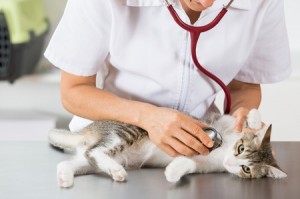
Managing Feline Lower Urinary Tract Disease (FLUTD)
The first step in helping a cat with FLUTD (and prevent future occurrences) is by increasing their water intake. You may consider a kitty water fountain to entice more drinking. Purified drinking water will also be helpful to their system.
Regardless of how much water cats drink from the bowl or fountain, it’s imperative that they also have a moisture rich diet. The water bowl will not make up the deficit that their bodies need. The best way to give them the moisture and nutrients their bodies need is by feeding them a fully balanced raw food diet, though some cats are a difficult sell on the raw – especially if they’ve only ever been fed dry food. The next best option is to feed them wet/canned foods. A cat’s natural diet consists of 65-70% water. Dry food only consists of 5-10% water. Without a moisture rich diet, their urinary tract cannot be correctly flushed and you will most definitely see the FLUTD problem again. It may be a difficult switch, but it will be worth it to both you and your kitty.
Another step in managing FLUTD is by reducing inflammation in the body. We suggest using anti-inflammatory supplements as well as a low carbohydrate diet. Diets that are high in carbohydrates like wheat, rice and corn create more inflammation in your cat’s body. Remember: high protein, low starch & carb.
Regarding the protein, it’s also important to switch the meat sources that your cat consumes. When cats only eat one or two types of protein (like fish or chicken) they can develop a food allergy, and this will cause inflammation. Try switching it up to lamb or rabbit for at least a few months.
As always, we recommend consulting a holistic veterinarian if you think your cat may have FLUTD. Holistic therapy will insure that your cat is treated most effectively.
Recommended Support For FLUTD

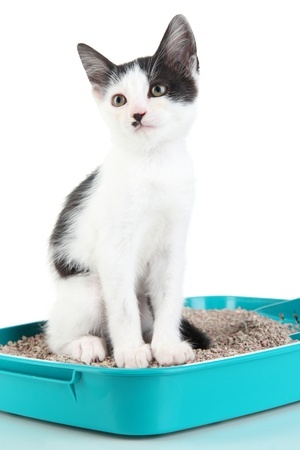
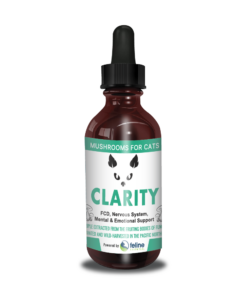
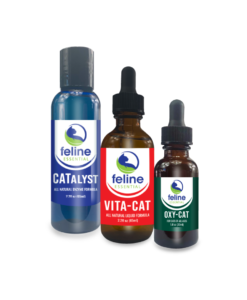

Recent Comments